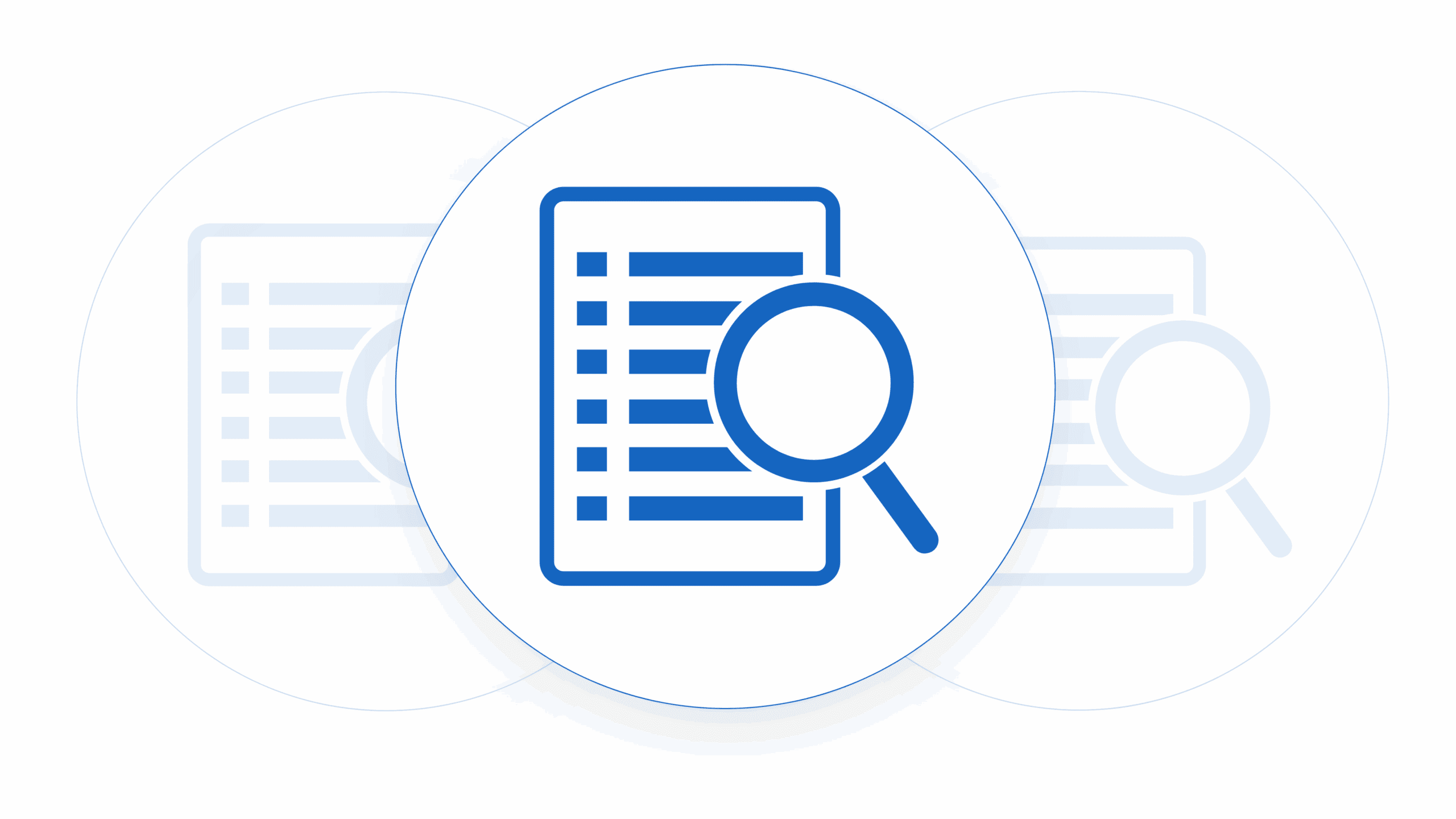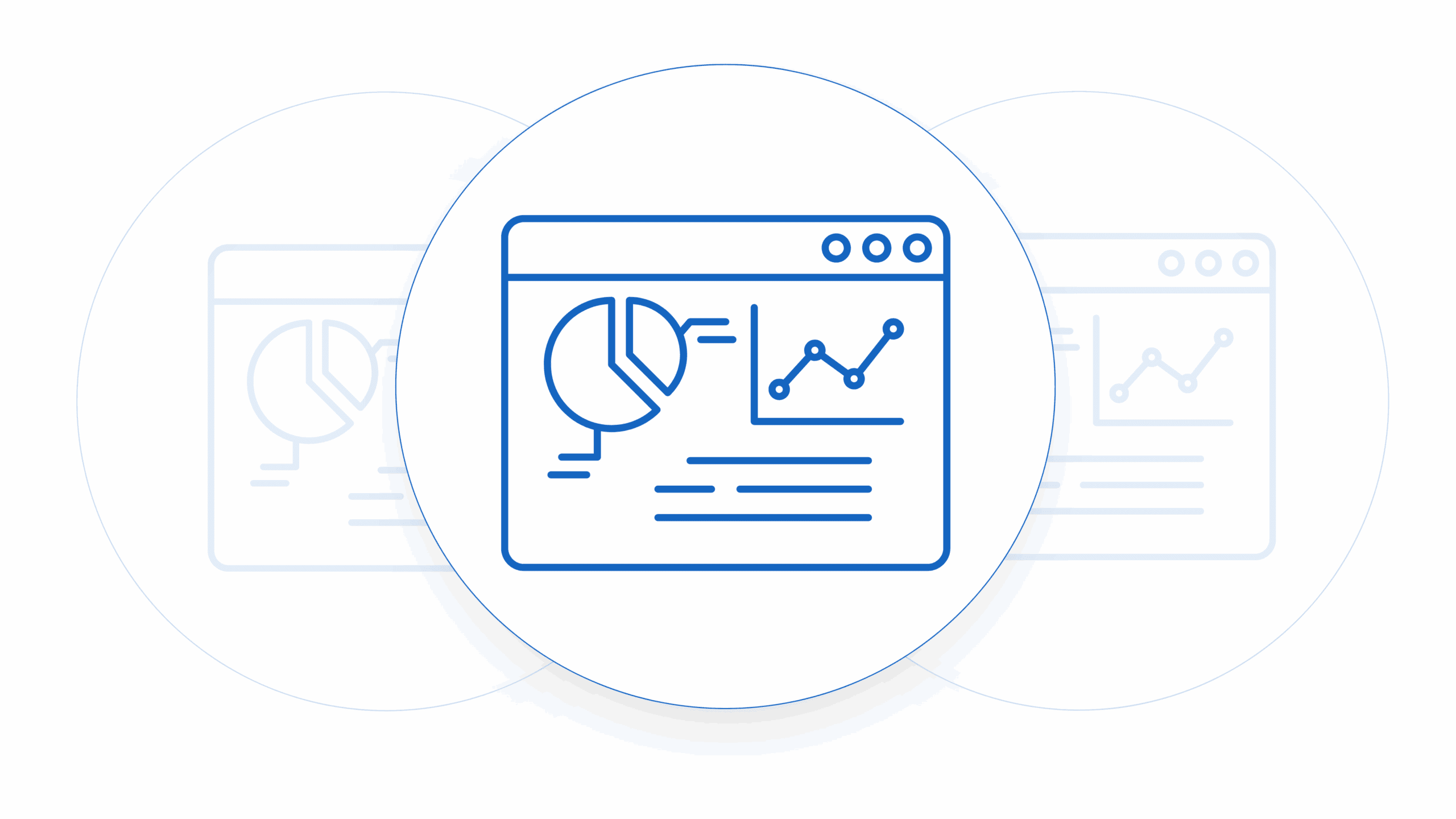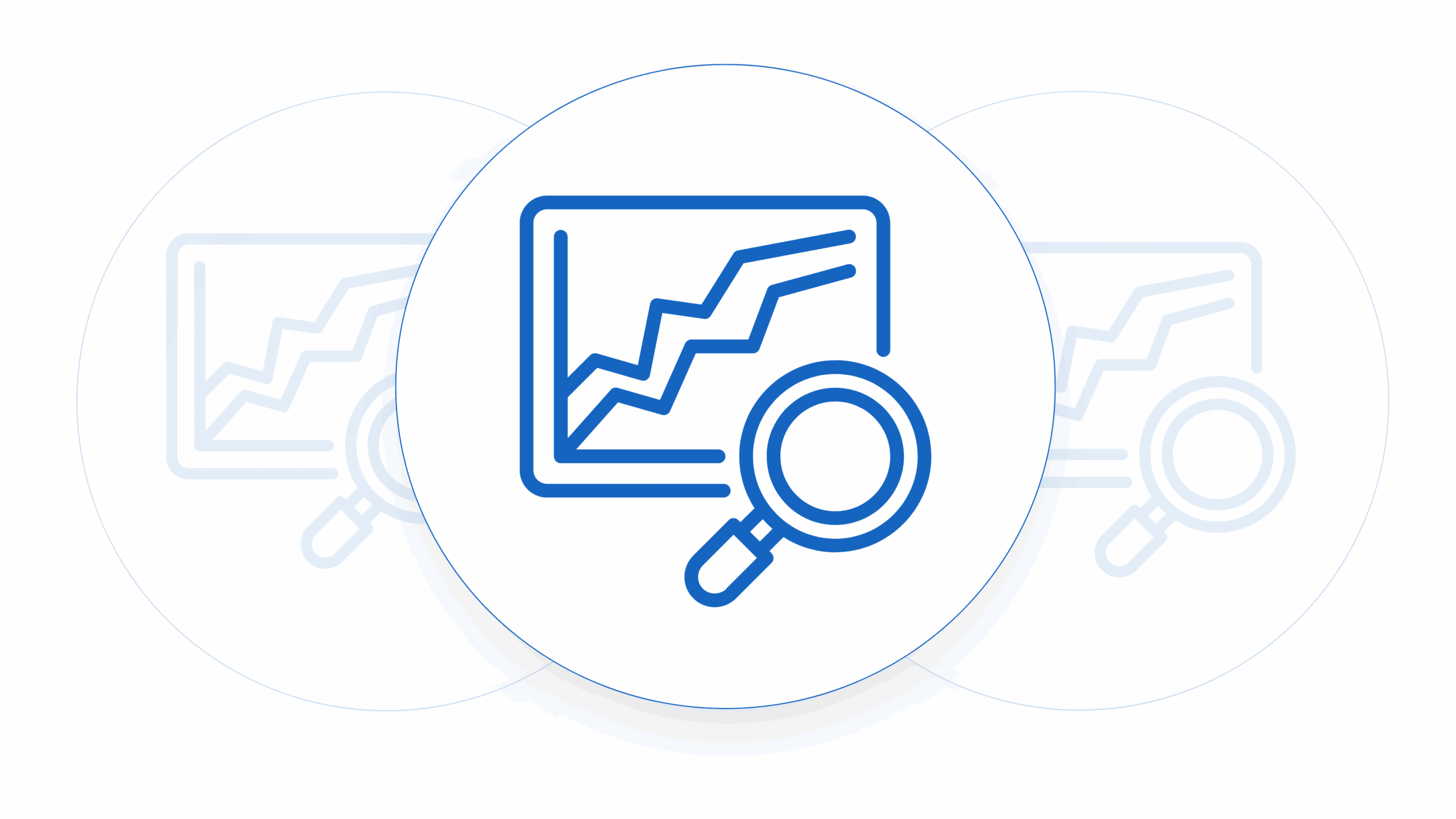m subscription-based pricing models, where customers pay a regular, periodic fee (e.g., monthly, quarterly, or annually) to access and use the SaaS product.
Think of recurring revenue as providing predictable and stable income for a SaaS company, representing income expected to repeat over time as long as customers continue using the software or service. This revenue stream is different non-recurring or one-time revenue, which may come from sources such as setup fees, onboarding fees, implementation services, or the sale of additional add-ons or modules. A SaaS contract with the clauses that a SaaS contract needs should include a good differentiation between these two types of income.
One thing to keep in mind for when to recognize SaaS revenue is that a lot of SaaS products will charge for their services annually up front. Although payment for this annual upfront invoice may be received at the start of the contract, services are provided for a year-long period. In this case you, when following accounting standards that require you to; recognize your revenue across all of the months for which that payment covers. For this reason you need to make sure that you extract the data from your contracts that includes clear start and end dates.
Recognizing SaaS Revenue And Investors
In SaaS contracts, the company and its investors often closely monitor the key metric of recurring revenue. It is an indicator of the company’s ability to retain customers and generate ongoing cash flow. Companies with high levels of recurring revenue are often viewed as more stable and attractive to investors because they have a reliable income stream.
Examples of SaaS contracts that generate recurring revenue include:
1. Subscription-Based SaaS:
- Customers pay a recurring fee to access and use the SaaS product. This is the most common model for SaaS companies.
2. Usage-Based SaaS:
- Charge customers based on their actual usage of the software or service. While the pricing may vary based on usage, it can still generate recurring revenue if customers continue to use the product regularly.
3. Tiered Pricing:
- Customers choose from different tiers or plans, each with a different recurring fee, based on the features and functionality they need.
4. Per-User Licensing:
- Customers pay a recurring fee for each user or seat they have in the system.
5. Annual Contracts:
- While billed annually, these contracts are still considered recurring revenue as they represent predictable income over the contract term.
- It’s worth noting that SaaS companies often strive to increase their recurring revenue through customer retention, upselling or cross-selling additional services, and expanding their customer base. Recurring revenue is a key driver of growth and financial stability in the SaaS industry.
Redline What Matters
Raise Changes For Approval To Turnaround Contracts Faster
How To Recognize SaaS Revenue in Your MRR Waterfall
A Monthly Recurring Revenue (MRR) waterfall report is a valuable tool for SaaS companies to track and analyze changes in their recurring revenue over time. It provides visibility into the factors affecting MRR, including new business, expansions, contractions, and churn. Generally you’ll need to pull the information that you need to build this from your statement of work with your customers.
Check out how to build an MRR waterfall report here.
Here’s how recurring revenue should be represented in an MRR waterfall report:
1. Starting MRR:
- Begin the report by stating the starting MRR for the reporting period. This is typically the MRR from the previous month or period.
2. New Business (New Customers):
- Show the MRR generated from new customers acquired during the reporting period. This is revenue from new subscriptions or contracts.
3. Expansion (Upsell/Cross-sell):
- Include any additional MRR gained from existing customers who upgraded their subscriptions, purchased additional features, or expanded their usage of the product.
4. Contraction:
- Represent any reduction in MRR due to customers downsizing their subscriptions or reducing their usage of the product. This may also include discounts or promotional pricing offered during the reporting period.
5. Churn (Customer Loss):
- Show the MRR lost due to customer cancellations or non-renewals. This is a critical metric as it represents the revenue you need to replace to maintain or grow your MRR. You can look to reduce churn with autorenewal clauses in your contracts.
6. Ending MRR:
- Calculate the total MRR at the end of the reporting period by summing up the starting MRR, new business, expansion, and subtracting contraction and churn.
Here’s a simplified formula to calculate the Ending MRR:
Ending MRR = Starting MRR + New Business + Expansion – Contraction – Churn
- Net MRR Change: This is the difference between the Starting MRR and Ending MRR and represents the net change in recurring revenue during the reporting period. A positive Net MRR Change indicates growth, while a negative change indicates a decline.
- Churn Rate: Express churn as both a percentage and a dollar amount. The churn rate is the percentage of MRR lost due to churn relative to the starting MRR. Calculate it as follows: Churn Rate (%) = (Churn MRR / Starting MRR) x 100
- Net MRR Growth Rate: Calculate the percentage change in MRR during the reporting period. This helps to assess the health and growth trajectory of your recurring revenue. Use the following formula: Net MRR Growth Rate (%) = [(Ending MRR – Starting MRR) / Starting MRR] x 100
- Graphs to build: Visualize the MRR waterfall with a bar chart or line graph to make it easier to understand and identify trends over time.
Remember that a well-structured MRR waterfall report not only helps you organize when to recognize SaaS revenue but also provides insights into the key drivers of your recurring revenue. This will help you make informed decisions about customer acquisition, retention, and expansion strategies. It’s also a valuable tool for communicating your SaaS company’s financial performance to stakeholders, investors, and team members.
If you’re looking for help to get your revenue recognition set up you can download an MRR waterfall template here.











